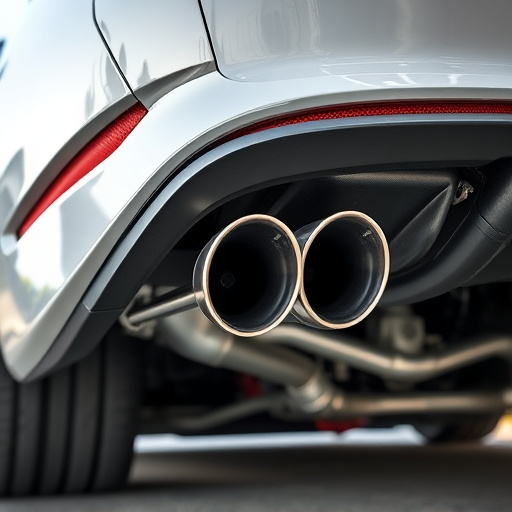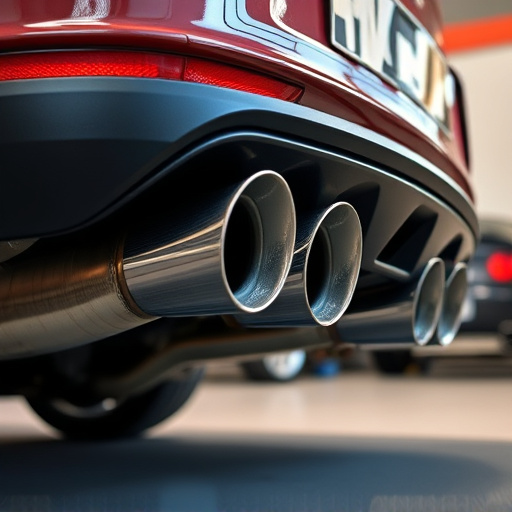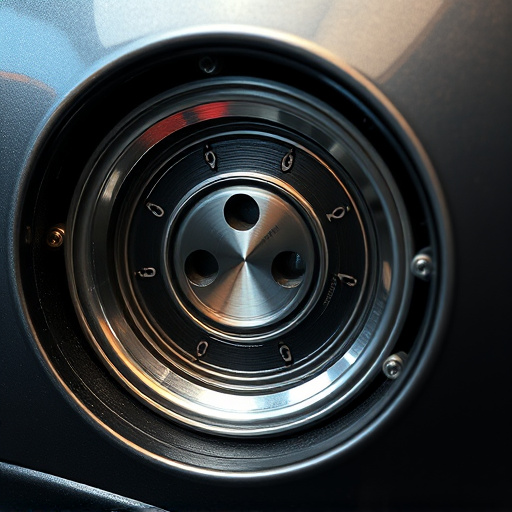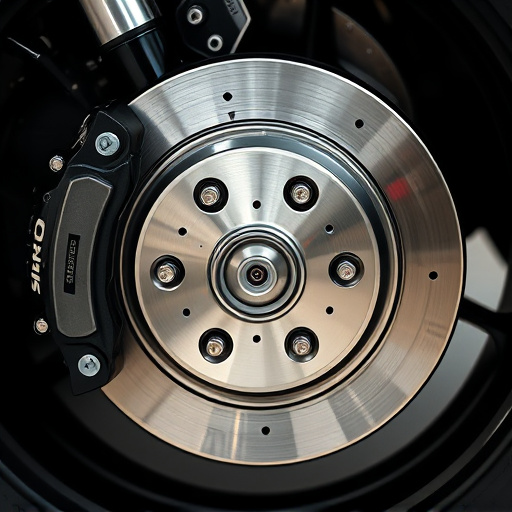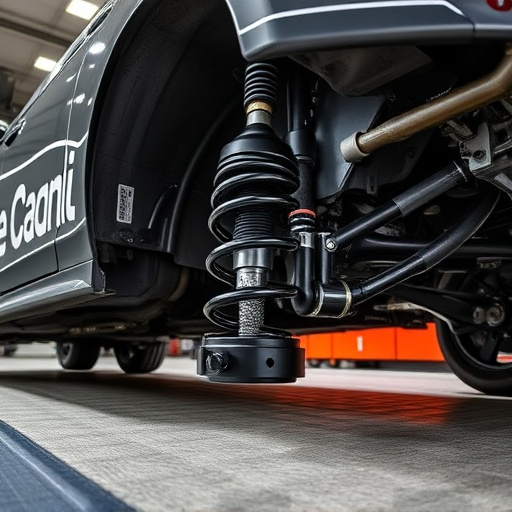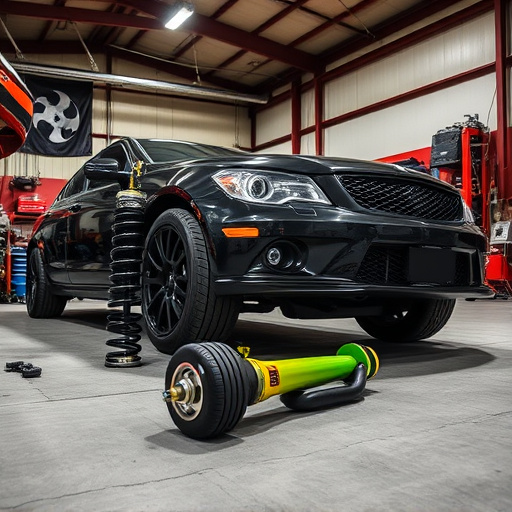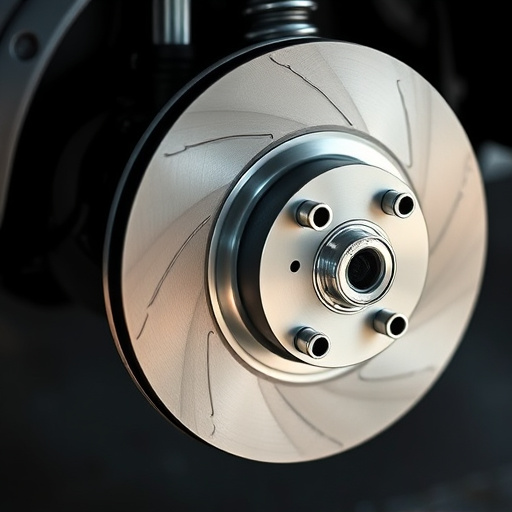Optimizing vehicle performance and efficiency requires understanding your boost controller, a crucial part of turbocharged or supercharged cars. It manages engine compression and air intake by adjusting boost pressure based on engine speed and load, coordinating with other parts for a balanced air-fuel mixture. Familiarity helps identify issues like drivability problems or fuel economy concerns. Common challenges include unstable boost pressure due to incorrect sensor readings or improper tuning, and unexpected brake system activation caused by faulty pads or loose connections. Regular inspection and replacement of brake components are vital. Advanced troubleshooting involves sensor calibration checks, wiring harness inspections, and addressing loose connections for complex boost controller malfunctions.
Unsure why your boost controller isn’t functioning optimally? This guide is your roadmap to navigating common issues and advanced troubleshooting techniques. Whether you’re experiencing stability problems, sensor malfunctions, or performance dips, we’ve got solutions. First, let’s demystify your boost controller: understand its components and how they interact. Then, delve into practical steps to identify and rectify frequent glitches. For the tech-savvy user, advanced troubleshooting techniques offer a deeper dive into system optimization. Conquer challenges, enhance control, and master your boost controller setup today!
- Understanding Your Boost Controller
- Common Issues and Their Solutions
- Advanced Troubleshooting Techniques
Understanding Your Boost Controller

Understanding your boost controller is a crucial step in troubleshooting any issues with your vehicle’s performance. A boost controller, often found in turbocharged or supercharged cars, plays a vital role in managing engine compression and air intake, directly impacting power output and fuel efficiency. It adjusts boost pressure based on various factors like engine speed and load, ensuring optimal performance across different driving conditions.
This component coordinates with other parts such as the turbocharger, throttle body, and intake system, including performance air filters and exhaust mufflers or cat-back exhaust systems. By regulating boost pressure, it helps maintain a balanced mix of air and fuel, enhancing engine performance without compromising efficiency. Familiarizing yourself with its functions allows you to identify anomalies in your setup, whether related to drivability issues, poor fuel economy, or suboptimal power delivery.
Common Issues and Their Solutions

Many users encounter issues while setting up their boost controllers, often due to misconfigurations or compatibility problems. One of the most common troubleshooting challenges is achieving stable boost pressure. This can be attributed to incorrect sensor readings or improper tuning. Users should double-check sensor placements and ensure they are clean and secure. Calibrating the controller according to the vehicle’s specifications can also resolve this issue, ensuring optimal performance.
Another frequent problem involves brake systems, specifically with performance brakes and their components. If the boost controller activates the brakes unexpectedly, it might be due to faulty brake pads or a loose connection within the braking system. Regularly inspecting and replacing brake pads as recommended by manufacturers is crucial. Verifying the integrity of all brake components will help prevent sudden braking issues, ensuring a safer driving experience.
Advanced Troubleshooting Techniques

When it comes to advanced troubleshooting for your boost controller setup, the first step is to review and verify all sensor calibrations. Ensure that each sensor connected to the boost controller is accurately reading and transmitting data. This includes the mass air flow (MAF) sensor, manifold absolute pressure (MAP) sensor, and any other sensors critical to the system’s functionality. Incorrect calibrations can lead to inaccurate boost readings and unexpected performance issues.
Additionally, check for any loose connections or damaged wires within the boost controller’s wiring harness. Even a seemingly minor issue like a frayed wire can cause intermittent problems. Inspecting and replacing faulty components, such as worn-out performance air filters or compromised exhaust systems, can also resolve mysterious boosts controller malfunctions. Remember, addressing these aspects systematically can help pinpoint and resolve complex issues related to your boost controller setup.
Troubleshooting your boost controller setup may seem daunting, but with a thorough understanding of your system and these effective strategies, you can overcome common challenges. Whether addressing basic issues or delving into advanced techniques, mastering your boost controller is key to optimizing performance and ensuring smooth operations. Equip yourself with the knowledge to navigate any hurdles and unlock the full potential of your boost controller setup.








